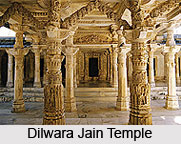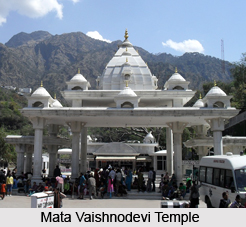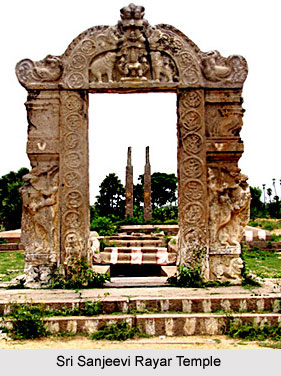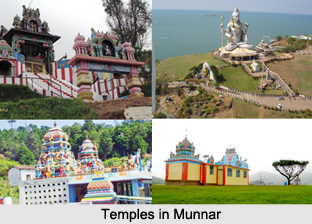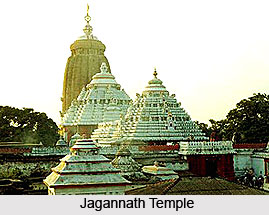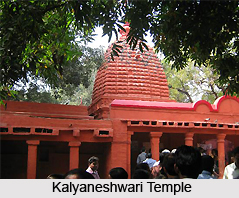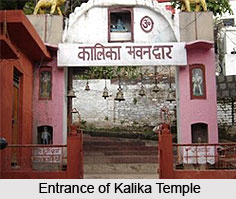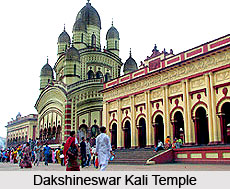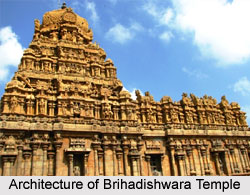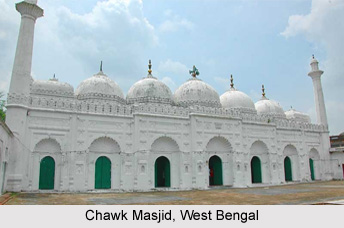 Chawk Masjid or Chawk Mosque had been established by the wife of Nawab Mir Jafar, known as `Munni Begum` during 1767 AD in Murshidabad city, West Bengal. At this very spot was situated the `Chahel Sutan`, constructed by Nawab Murshid Quli Khan and this structure used to serve as the universal audience hall for this Indian city.
Chawk Masjid or Chawk Mosque had been established by the wife of Nawab Mir Jafar, known as `Munni Begum` during 1767 AD in Murshidabad city, West Bengal. At this very spot was situated the `Chahel Sutan`, constructed by Nawab Murshid Quli Khan and this structure used to serve as the universal audience hall for this Indian city.
Chawk Masjid is a significant historical monument since it was a silent spectator to the glorious times of the regime of the Bengal Nawabs in the country. This beautiful Indian mosque had been erected under the guidance of Shaikh Khalilallah and is present close to the `Hazarduari Palace` in the Nizamat Fort Area.
Etymology of Chawk Masjid
Chawk Masjid has been named so due to the existence of a large `Chawk` or shopping area or market which possesses a square shape, in its neighbourhood. This Chawk surrounds the Masjid even till the present-day. Therefore Chawk Masjid implies, `a mosque in a market`. Even today, this market is the most important market of Murshidabad.
Architecture of Chawk Masjid
The Chawk Masjid boasts of a gigantic appearance, through its five dome-shaped ceilings and two `chau-chala-end-vaults` alongside the two corners, existent at the side of the Masjid. Beautiful panels and ornamental motifs have been employed to adorn the interiors as well as the exteriors of the mosque, while elaborate arch-shaped niches engraved with vegetal and stucco motifs beautify the mosque. Five gates which pass in between through the arched gates lead one to the anterior portion of the grand mosque.
Festivals Observed in Chawk Masjid
Chawk Masjid generally remains closed throughout the entire year. During festive occasions like `Eid Ul Fitr`, `Eid-ul-Zoha` and even public prayers, this mosque is open. In the olden days, a single gun salute used to be fired from the nearby Hazarduari Palace, along with several other guns from other regions close to the mosque, to mark the various intervals of the prayers during the fast of `Ramzan` and also to mark the hours for the meals.
Chawk Masjid was an impressive monument especially during the Nawabi regime since Warren Hastings and Robert Clive were quite fond of Munny Begum the wife of Nawab Mir Jafar, particularly due to her generous gifts and donations. Munny Begum also was the recipient of various expensive gifts from the British Raj, which included a large palanquin which was capable of accommodating 30 people from Rani Bhavani. Therefore Munny Begum was termed as a `Gaddinashin Begum` who received a large amount of allowance assigned to her. A gun salute had been fired by the British Raj in India in the honour of her memory, after she died.












